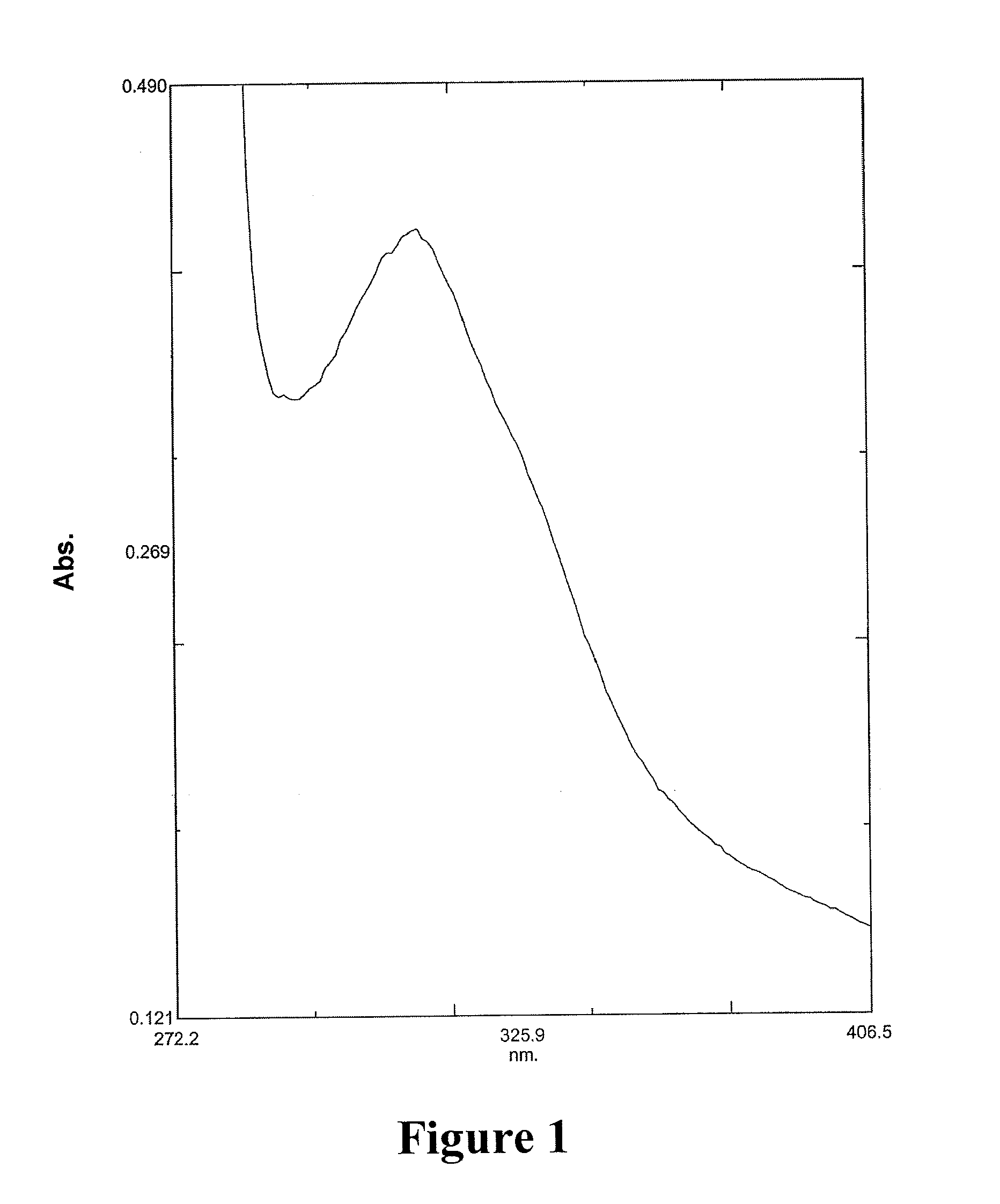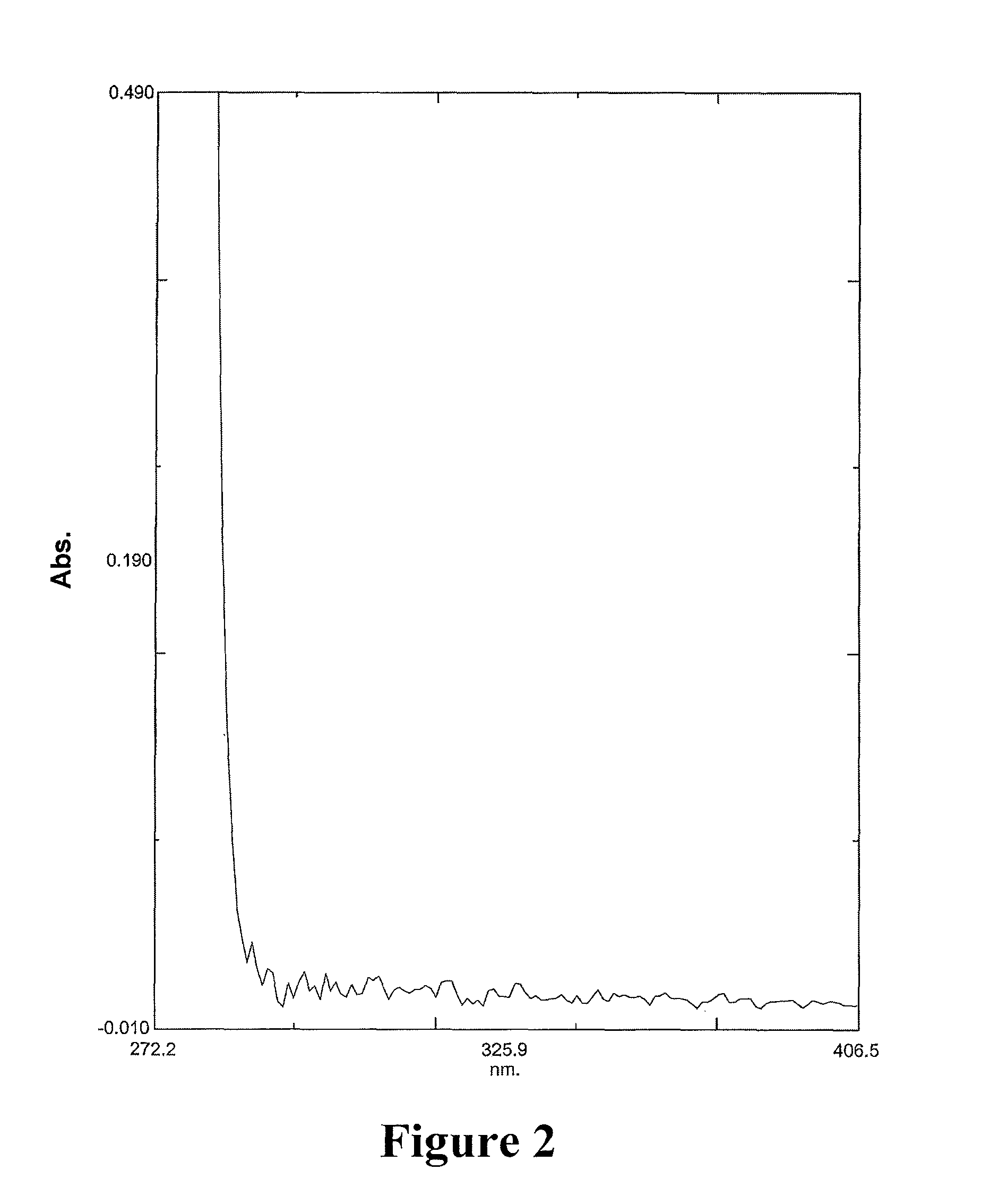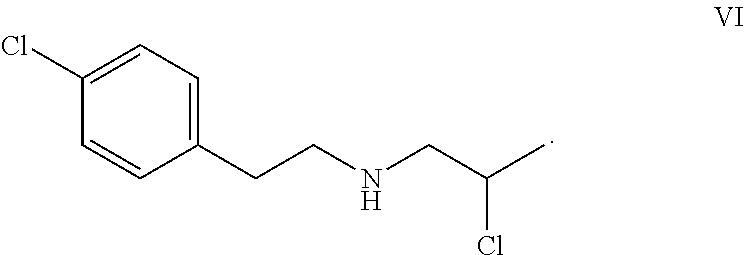Processes for the preparation of 5-HT2C receptor agonists
a technology of receptor agonists and processing methods, applied in the preparation of amino compounds, halogenated hydrocarbon preparations, organic chemistry, etc., can solve the problems of increased risk of seizure, decreased heart rate and blood pressure, and overweight people with cognitive impairment, and achieve the effect of increasing the proportion of chiral salts
- Summary
- Abstract
- Description
- Claims
- Application Information
AI Technical Summary
Benefits of technology
Problems solved by technology
Method used
Image
Examples
example 1
Preparation of 2-Chloro-N-(4-chlorophenethyl)propan-1-amine (Compound VI) Hydrochloride
Method 1
Step A: Preparation of 1-Chloro-4-(2-chloroethyl)benzene (Compound III)
[0288]To a 4-L, jacketed glass reactor containing a solution of 2-(4-chlorophenyl)ethanol (Compound II) (591 g, 3774 mmol) dissolved in toluene (1250 mL) and N,N-dimethylformamide (41.4 g, 566 mmol) at 60° C. was charged thionyl chloride (302 mL, 4151 mmol) over 30 min. The addition was exothermic with significant gas evolution. The reaction mixture was stirred for 1.5 h at 60 to 65° C. Reaction conversion was monitored by HPLC and 1H NMR. When the amount of 2-(4-chlorophenyl)ethanol remaining was 1H NMR (400 Hz, CDCl3) δ 3.06 (t, J=7.2 Hz, 2H), 3.72 (t, J=7.2 Hz, 2H), 7.19 (d, J=10 Hz, 2H), 7.32 (d, J=10 Hz, 2H).
Step B: Preparation of 1-(4-Chlorophenethylamino)propan-2-ol (Compound V)
[0289]To a 250 mL round-bottomed flask containing a stirring solution of 1-aminopropan-2-ol (Compound IV) (55.1 mL, 714 mmol) at 88° C. w...
example 2
Preparation of 8-chloro-1-methyl-2,3,4,5-tetrahydro-1H-3-benzazepine
[0333]
Small Scale
[0334]2-(4-Chlorophenyl)-N-ethyl-N-2-propylchloride (1 g, 4.3 mmol) was reacted with aluminum chloride (3 g, 22 mmol) in a dry 50 mL round bottom flask under nitrogen gas in an oil bath at 120° C. with stirring. Analysis by LC / MS showed complete reaction in two hours. After cooling the resulting black oil to room temperature, 20 mL ethyl acetate and 20 mL of pH 6 water were added. After 30 min of vigorous stirring the mixture was solubilized to a clear colorless upper organic layer and a brown clear lower aqueous layer. After separation of the layers, the aqueous layer was extracted two additional times with 20 mL ethyl acetate. The combined organic layers were dried over magnesium sulfate, filtered and evaporated to give 0.55 grams (55% yield) of a white to slightly yellow solid containing the HCl salt. This material was found to be very hygroscopic. The remaining aqueous layer (pH 6) was brought t...
example 3
Large Scale Preparation of L-(+)-tartaric acid salt of (R)-8-chloro-1-methyl-2,3,4,5-tetrahydro-1H-3-benzazepine
[0336]Crude 8-chloro-1-methyl-2,3,4,5-tetrahydro-1H-3-benzazepine (134.32 g) was dissolved in tert-butanol (480 g). An aqueous solution of L-(+)-tartaric acid (21 g of acid in 30 g of water) and seed crystals were added. The solution was stirred at 15-25° C. overnight until crystals formed. The resulting suspension was filtered and the precipitate washed with acetone. EE was 68.1% (HPLC). The precipitate was then refluxed in additional tert-butanol (480 g) and water (10 g). Water (80 g) was added until the precipitate dissolved completely and then the solution was cooled to 15-25° C. and stirred overnight. The resulting precipitate was filtered out and washed with acetone. EE was 96.8% (HPLC). The precipiate was again refluxed in additional tert-butanol (480 g) and stirred for 1 hour at reflux. The resulting suspension was cooled to 15-25° C. and stirred overnight. The res...
PUM
| Property | Measurement | Unit |
|---|---|---|
| temperature | aaaaa | aaaaa |
| temperature | aaaaa | aaaaa |
| weight | aaaaa | aaaaa |
Abstract
Description
Claims
Application Information
 Login to View More
Login to View More - R&D
- Intellectual Property
- Life Sciences
- Materials
- Tech Scout
- Unparalleled Data Quality
- Higher Quality Content
- 60% Fewer Hallucinations
Browse by: Latest US Patents, China's latest patents, Technical Efficacy Thesaurus, Application Domain, Technology Topic, Popular Technical Reports.
© 2025 PatSnap. All rights reserved.Legal|Privacy policy|Modern Slavery Act Transparency Statement|Sitemap|About US| Contact US: help@patsnap.com



